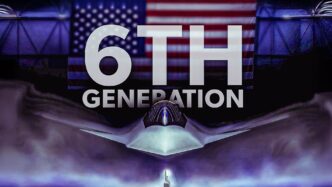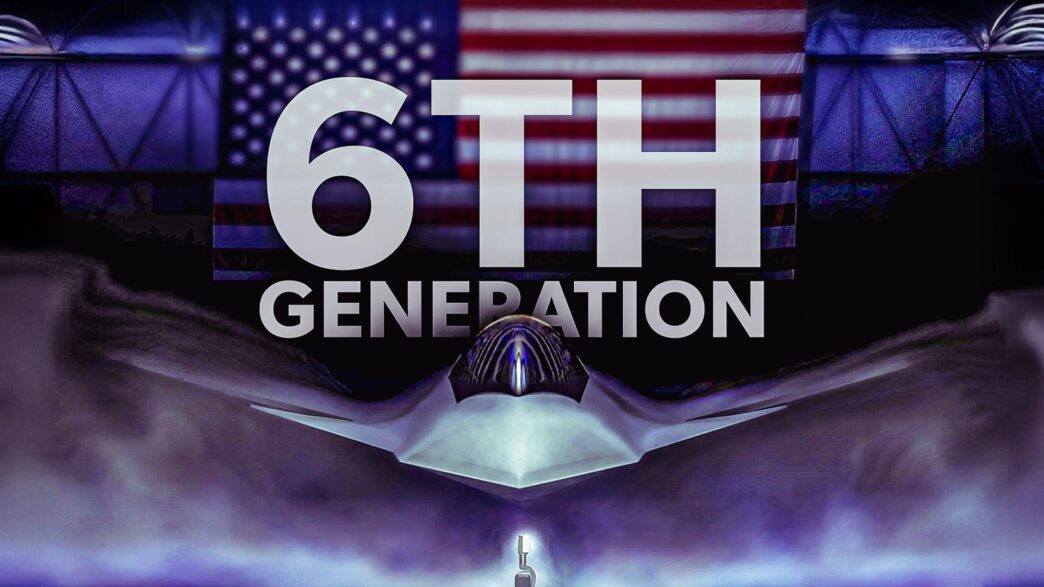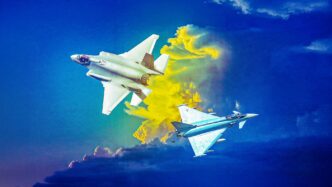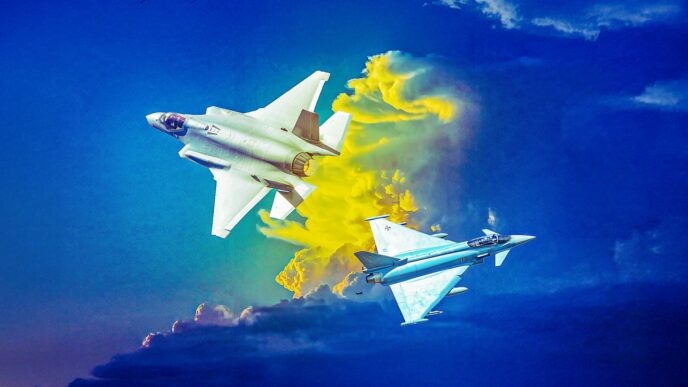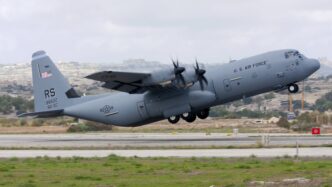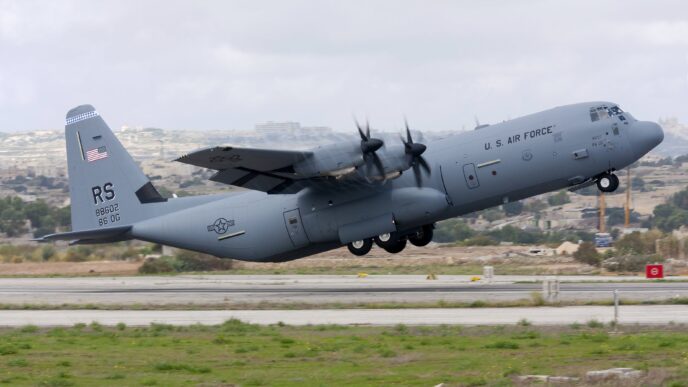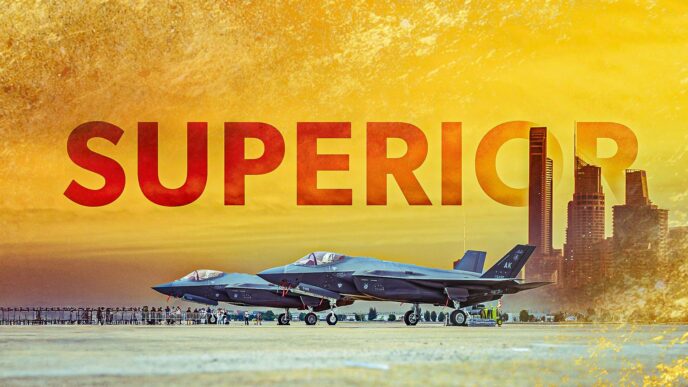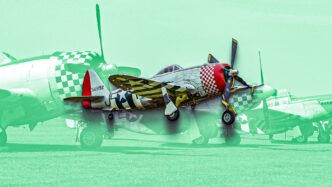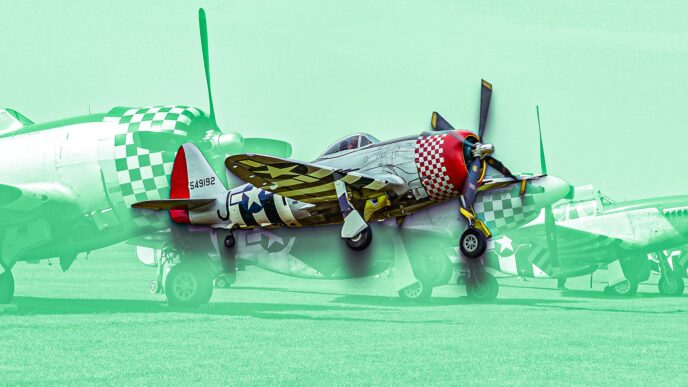Determining which countries are leading the race in developing sixth-generation fighter jets is a complex task. This complexity arises from the fact that the future capabilities of these aircraft are often classified, and even images of prototypes like the F-47 are not publicly available. Instead of speculating, it’s more practical to examine the industrial capabilities and financial resources backing these projects. Additionally, understanding the specific needs of the air forces involved is crucial. For instance, Russia’s Su-75 Checkmate is intended to succeed the MiG-21 and MiG-29, suggesting a significant advancement over these older models. Similarly, the US Navy’s F/A-XX is set to replace the Super Hornets, indicating it will surpass the F/A-18 in capabilities. Political factors also play a significant role, as the ultimate fate of these projects often lies in the hands of bureaucrats, politicians, and financial planners.
But what exactly is a sixth-generation fighter jet? The concept of fighter jet generations was introduced in the early 1990s by air historian Richard Hallion and has since been used to emphasize the advancements of new aircraft, like the F-22 Raptor, over their predecessors. The term has been adapted for various uses, such as Northrop Grumman’s B-21 Strategic bomber, which they call the world’s first sixth-generation combat aircraft. However, there is no universally accepted definition of what constitutes a fighter jet generation. Generally, sixth-gen fighters are expected to feature unprecedented levels of AI, data fusion, and cyber warfare capabilities, along with advanced stealth and avionics, functioning as a larger ‘system of systems.’
Currently, the United States, China, and a coalition of the UK, Japan, and Italy are considered frontrunners in the development of sixth-generation fighter jets. The mission profile of these aircraft is also a key factor in determining their superiority. For example, China’s new J-36, a massive three-engined fighter jet, seems designed for long-range missions that could threaten US assets in the Pacific, including Guam. This suggests a focus on air strike capabilities. Meanwhile, the US is likely prioritizing different mission sets for its sixth-gen fighters. #Aviation #MilitaryTech #FighterJets
Originally reported by Simple Flying Read More
